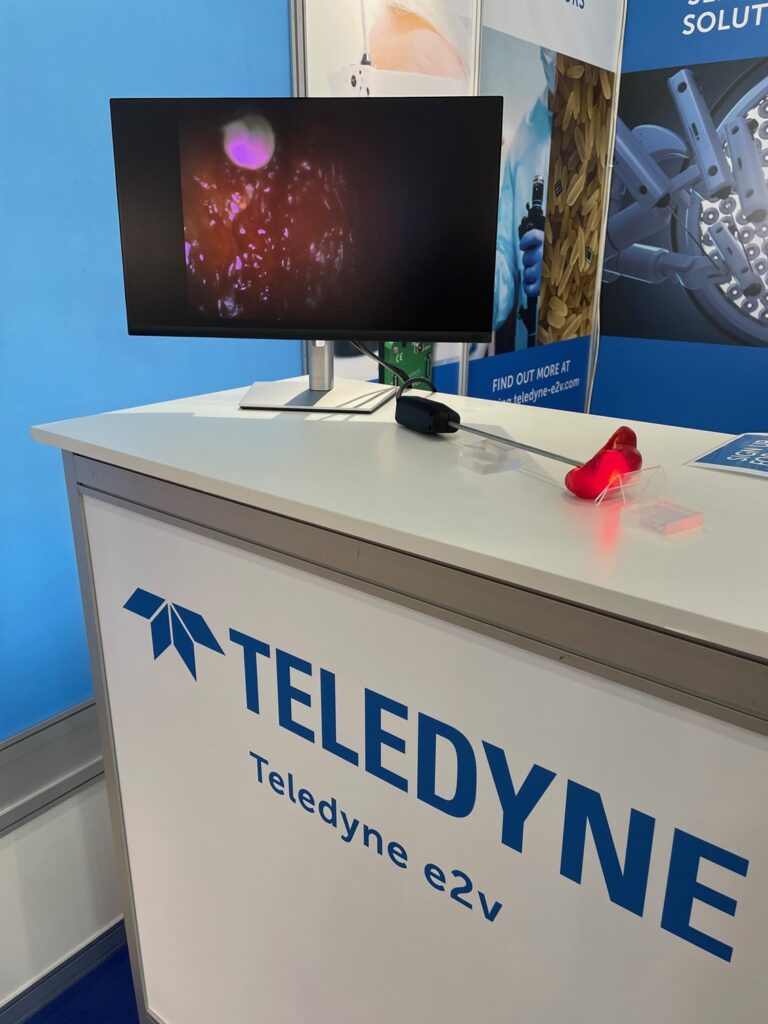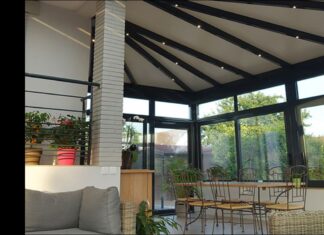Constant advances in imaging sensors for medical endoscope allow the development of increasingly efficient and compact devices. Due to PISÉO’s expertise in optical imaging and lighting, Teledyne e2V requested them to develop a demonstrator highlighting Teledyne e2v’s know-how in the development of state-of-the-art imaging sensors for the medical market.
PISÉO’s expertise in optical imaging and LED lighting was critical in designing a device integrating a market lens adapted to the client’s new sensor. The process started with a detailed analysis of the optical characteristics of the sensor, followed by the search for a suitable lens in the market to ensure optimal performance. At the same time, the team carried out a pre-study of the lighting system. This had to meet the photometric and colorimetric needs expressed by the client, be compatible with the existing control platform, and integrate into a 5mm endoscope tube. Optical fibers associated with an optical coupling system were favored for the illumination system.
PISÉO experts used their global database of lens manufacturers to find off-the-shelf (COTS) components meeting the criteria of field of view, working distance, depth of field, and bulk. The final choice was made by comparing the expected image qualities (resolution, aberrations, chromatism) and Chief Ray Angle (CRA). This last characteristic is particularly critical for the performance of the sensor-lens pair.
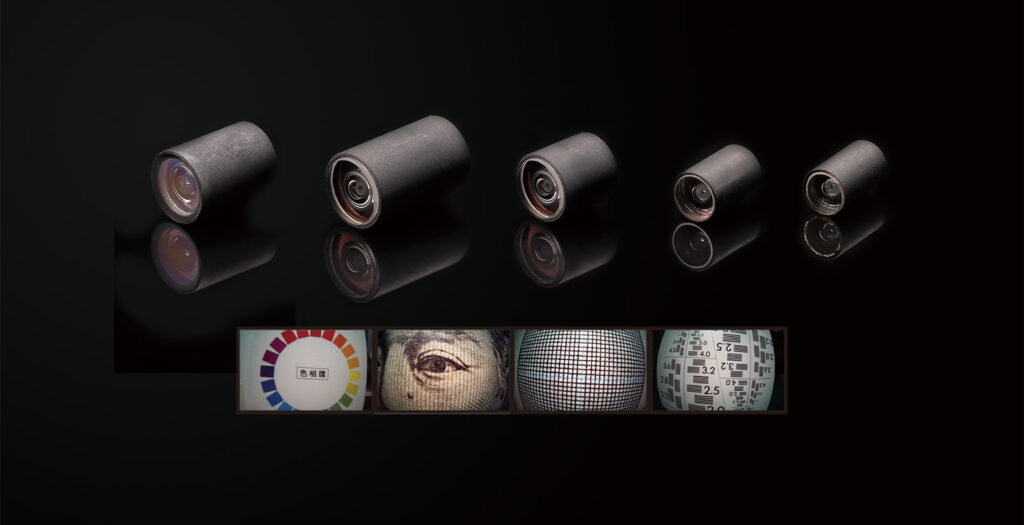
Once the characteristics of the sensor and the lens had been defined, PISÉO proceeded with the development of the endoscope demonstrator. For this, PISÉO engineers mobilized their skills in optical and mechanical engineering. They also specified suitable LED lighting using optical fibers.
The extremely small dimensions of the system represented a significant challenge for the mechanical assembly of the optical components. It was necessary to define totally new solutions to ensure the very precise assembly of the whole.
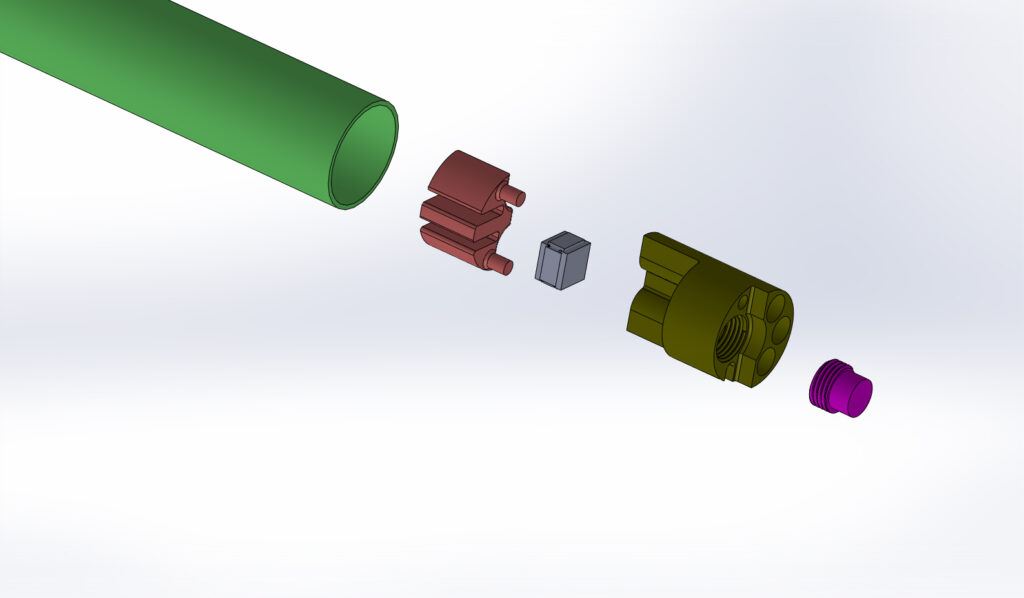
The specific mechanical components were manufactured by a trusted PISÉO partner. The assembly of the endoscope involved specialized bonding techniques and was carried out in the PISÉO laboratory. To ensure image quality, the performance of the endoscope was rigorously tested in the PISÉO optical imaging laboratory.

This collaboration demonstrates the importance of a tailor-made approach to realize the most out of available optical components, ensuring optimal endoscope performance. Like Teledyne e2V, for personalized and efficient solutions in the field of medical imaging, you can trust PISÉO and its partners.


